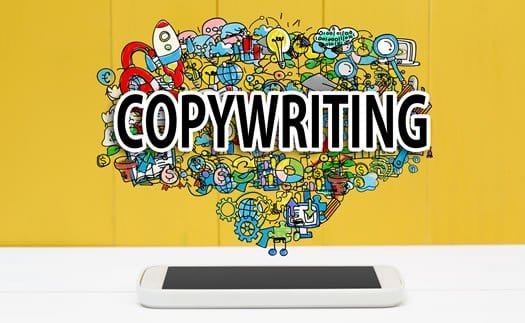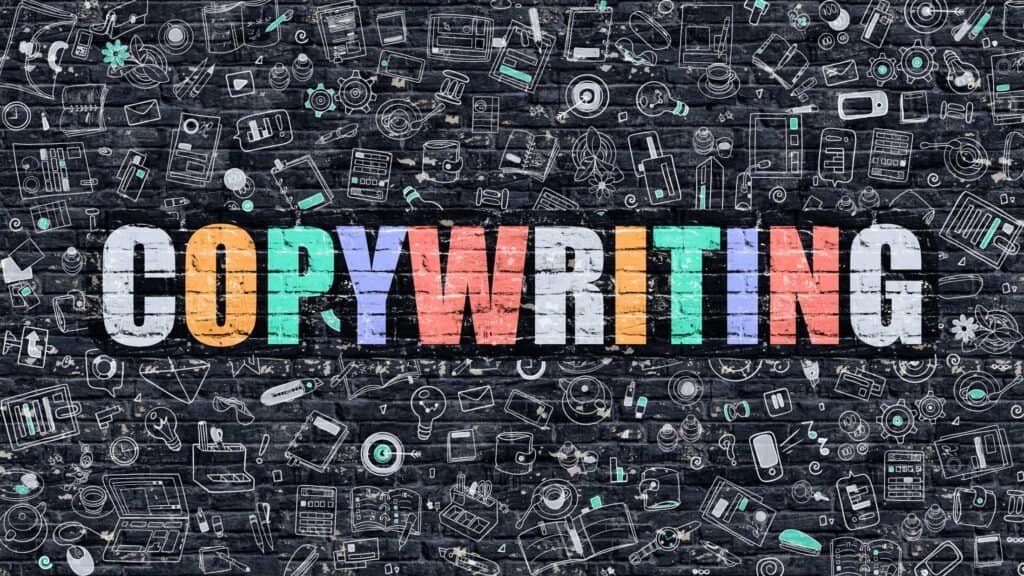Hey there! In the dynamic world of online marketing, capturing the attention of your target audience and guiding them towards taking desired actions is paramount. This is where conversion copywriting takes center stage. Unlike traditional copywriting, which focuses on brand building and engagement, conversion copywriting leverages a scientific approach to craft compelling messages that drive conversions, translating into tangible results like downloads, signups, and demos. This blog post will delve into the intricacies of conversion copywriting, exploring its key principles and practical applications.
Understanding Your Audience: The Cornerstone of Conversion Copywriting
Before crafting any persuasive copy, it is crucial to deeply understand your target audience. This involves moving beyond assumptions and delving into their motivations, pain points, and anxieties. A powerful tool in this endeavor is Voice of the Customer (VoC) research, which involves gathering and analyzing customer feedback from various sources like interviews, user tests, online reviews, surveys, and support interactions.
By meticulously analyzing VoC data, conversion copywriters gain invaluable insights into the language, needs, and expectations of their target audience. These insights can be directly incorporated into the copy, creating a sense of resonance and authenticity that fosters trust and encourages action. For instance, mirroring the acronyms, phrases, and concerns consistently expressed by customers in the copy significantly enhances its persuasive power.

Problem Awareness: Tailoring Your Message to the Customer Journey
Another critical aspect of conversion copywriting is understanding the level of problem awareness of your target audience. This refers to the extent to which potential customers recognize and understand the problem your product or service addresses. Based on this awareness level, copywriting strategies need to be adjusted:
- Low Awareness Audience: When prospects are unaware of the problem or its severity, the focus should be on educating them and making them feel the pain point your solution addresses. The copy should clearly articulate the problem, its implications, and the potential benefits of addressing it.
- High Awareness Audience: For prospects actively seeking solutions, the emphasis shifts to differentiating your offering from competitors. Here, highlighting your unique value proposition, showcasing specific features and benefits, and providing compelling reasons to switch from existing solutions becomes paramount.
Understanding the problem awareness level is crucial because it allows you to tailor your message to the specific stage of the customer journey, ensuring that the copy resonates with their needs and motivates them to take the next step.
The Science of Persuasion: Influencing Decision-Making
Conversion copywriting goes beyond simply conveying information; it leverages psychological principles of persuasion to influence decision-making. These principles are rooted in an understanding of how the human brain processes information and makes choices. Some of the key principles applied in conversion copywriting include:
- Law of Reciprocity: Offering something valuable upfront, such as a free eBook or trial, can create a sense of obligation, making prospects more likely to reciprocate by engaging with your brand.
- Law of Authority: Highlighting the expertise, credentials, or endorsements of your brand builds trust and credibility, making your claims more persuasive. This can be achieved through showcasing client logos, industry awards, or expert testimonials.
- Law of Social Proof: People tend to follow the actions of others, especially when uncertain. Testimonials, case studies, and social media endorsements demonstrate that others have successfully used your product or service, reducing anxiety and encouraging prospects to follow suit.
By strategically incorporating these persuasion principles into the copy, conversion copywriters can enhance its impact and drive desired actions. This not only improves engagement but also fosters a stronger connection with the audience. By understanding and applying the principles of persuasive writing, copywriters can craft messages that resonate deeply with readers, making them more likely to respond positively. Ultimately, this strategic approach can lead to increased conversions and business growth.
The MECLab Conversion Heuristic Formula: A Data-Driven Framework
The MECLab Conversion Heuristic Formula, developed by Flint McGlaughlin, provides a data-driven framework for optimizing conversion copywriting. The formula, C = 4M + 3V+ 2(I-F) – 2A, identifies key conversion drivers and inhibitors and assigns weights to each factor based on its influence on conversion probability. Let’s break down each element:
- Motivation (M): The most influential factor, reflecting the user’s initial desire to visit your page. Addressing their motivation through highlighting desired outcomes, purchase triggers, and pain points is crucial for maintaining engagement.
- Value (V): Clarifying your value proposition by focusing on the benefits of your features, rather than just listing features, is crucial for convincing customers of your superiority. Highlighting unique attributes, desirable features, and dealbreaker features can effectively communicate value.
- Incentive (I): Offering incentives like limited-time offers, promotions, or exclusive access can lower the barrier to entry and encourage action. However, the effectiveness of incentives hinges on them outweighing perceived friction.
- Friction (F): Any element that hinders the user’s journey, such as convoluted processes, difficult navigation, or lengthy forms, reduces conversion probability. Reducing friction through clear menus, streamlined processes, and user-friendly design is essential.
- Anxiety (A): Addressing potential anxieties, uncertainties, and objections proactively through clear explanations, testimonials, and guarantees can reduce hesitation and build trust. This includes addressing security concerns, financial risks, or any other potential barriers.
The MECLab formula provides a valuable framework for systematically analyzing and optimizing conversion copy, ensuring that each element contributes to maximizing conversion probability.

Conversion Copywriting vs. Traditional Copywriting: A Paradigm Shift
Conversion copywriting represents a paradigm shift from traditional copywriting, demanding a scientific and data-driven approach. Unlike traditional copywriters who primarily focus on creativity and brand voice, conversion copywriters prioritize research, data analysis, and persuasion techniques to craft compelling messages that directly impact conversions.
This approach not only results in higher conversion rates but also provides valuable insights into customer behavior, preferences, and motivations. These insights can inform broader marketing strategies, product development, and customer experience optimization, leading to a more customer-centric and successful business.
Conclusion
In today’s competitive digital landscape, conversion copywriting is no longer a luxury but a necessity for businesses seeking to maximize their online success. By understanding the science behind persuasion, leveraging customer insights, and applying data-driven frameworks, conversion copywriting can transform your website from a passive online presence into a powerful engine for lead generation and revenue growth.
FAQs
1. What are some common mistakes to avoid in conversion copywriting?
- Focusing on features instead of benefits: Emphasizing what your product does is less effective than highlighting how it solves customer problems and improves their lives.
- Using generic language: Tailoring your message to your specific target audience and their pain points is crucial for resonance.
- Neglecting calls to action: Clear and compelling calls to action guide users towards the desired action and improve conversion rates.
2. How can I measure the effectiveness of my conversion copywriting?
- A/B testing: Comparing different versions of your copy to identify which performs better in terms of conversions.
- Tracking conversion rates: Monitoring the percentage of visitors who take the desired action after interacting with your copy.
- Analyzing user behavior: Using website analytics to understand how users interact with your copy, including scroll depth, time spent on page, and click-through rates.
3. What resources can I use to improve my conversion copywriting skills?
- Online courses and workshops: Several platforms offer specialized training in conversion copywriting principles and techniques.
- Books and articles: Numerous resources provide in-depth knowledge and practical examples of successful conversion copywriting.
- Industry blogs and communities: Engaging with other copywriters and marketing professionals can provide valuable insights and inspiration.

